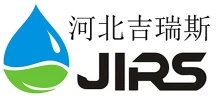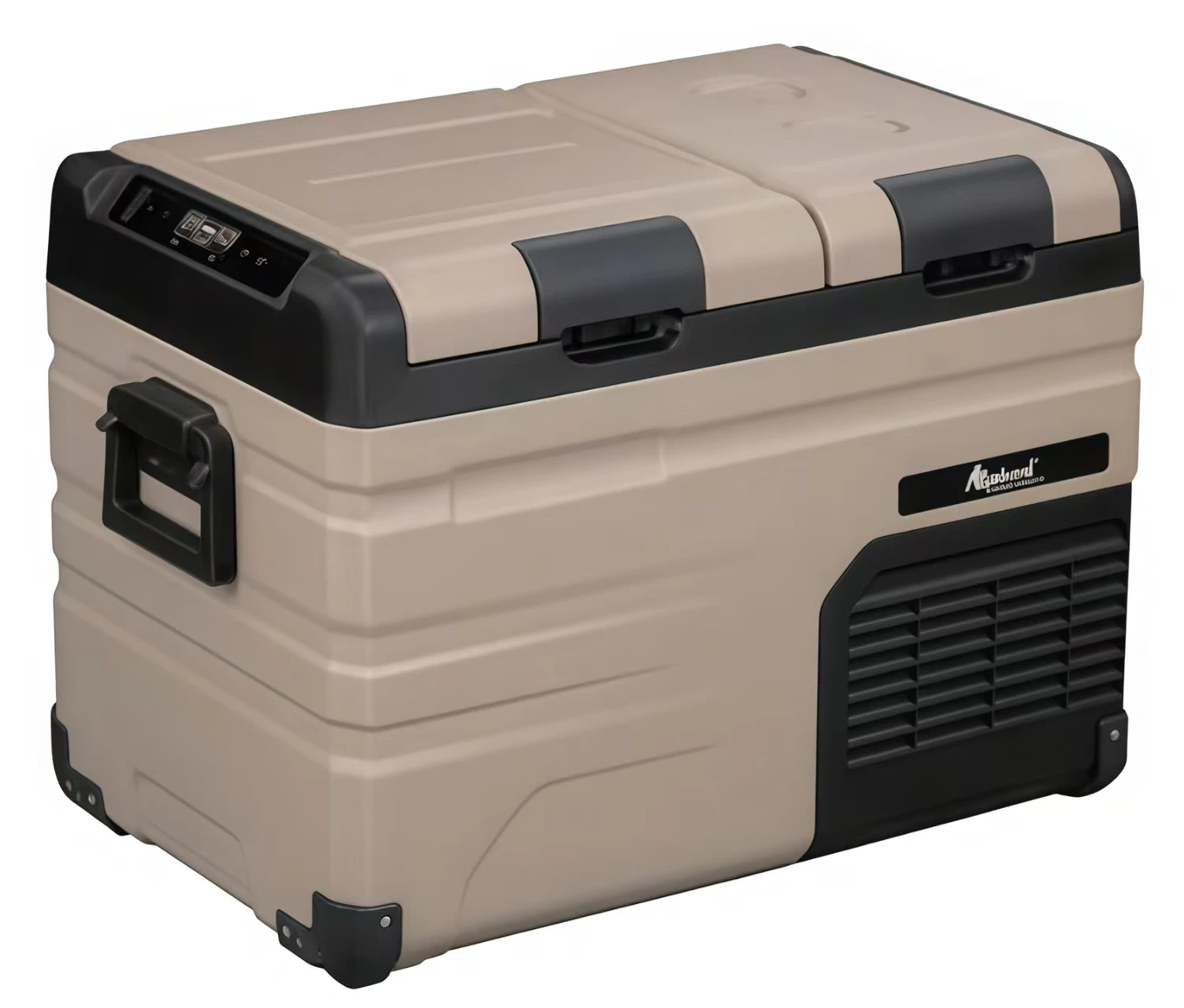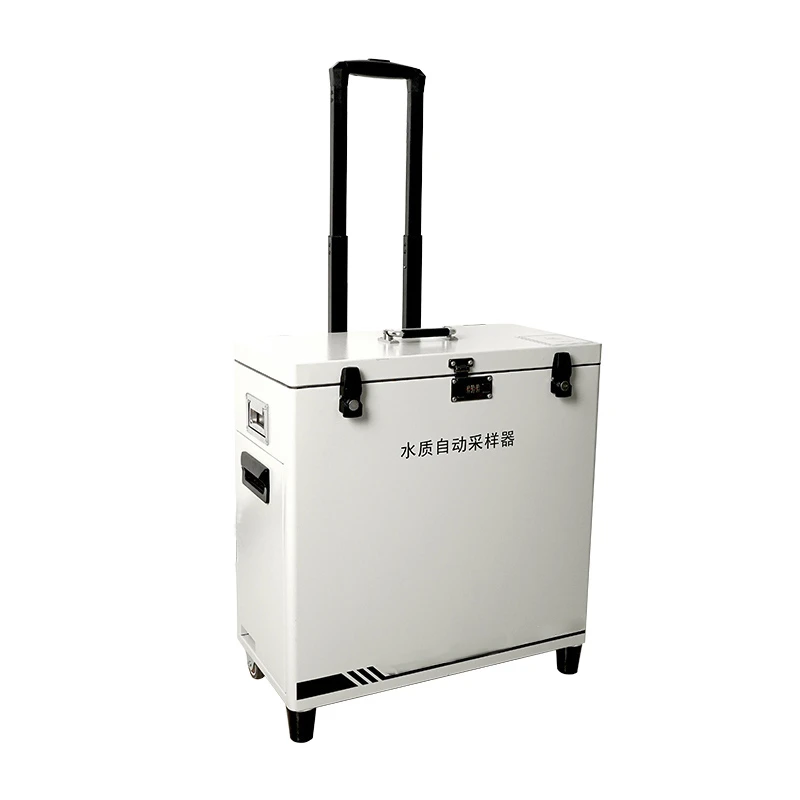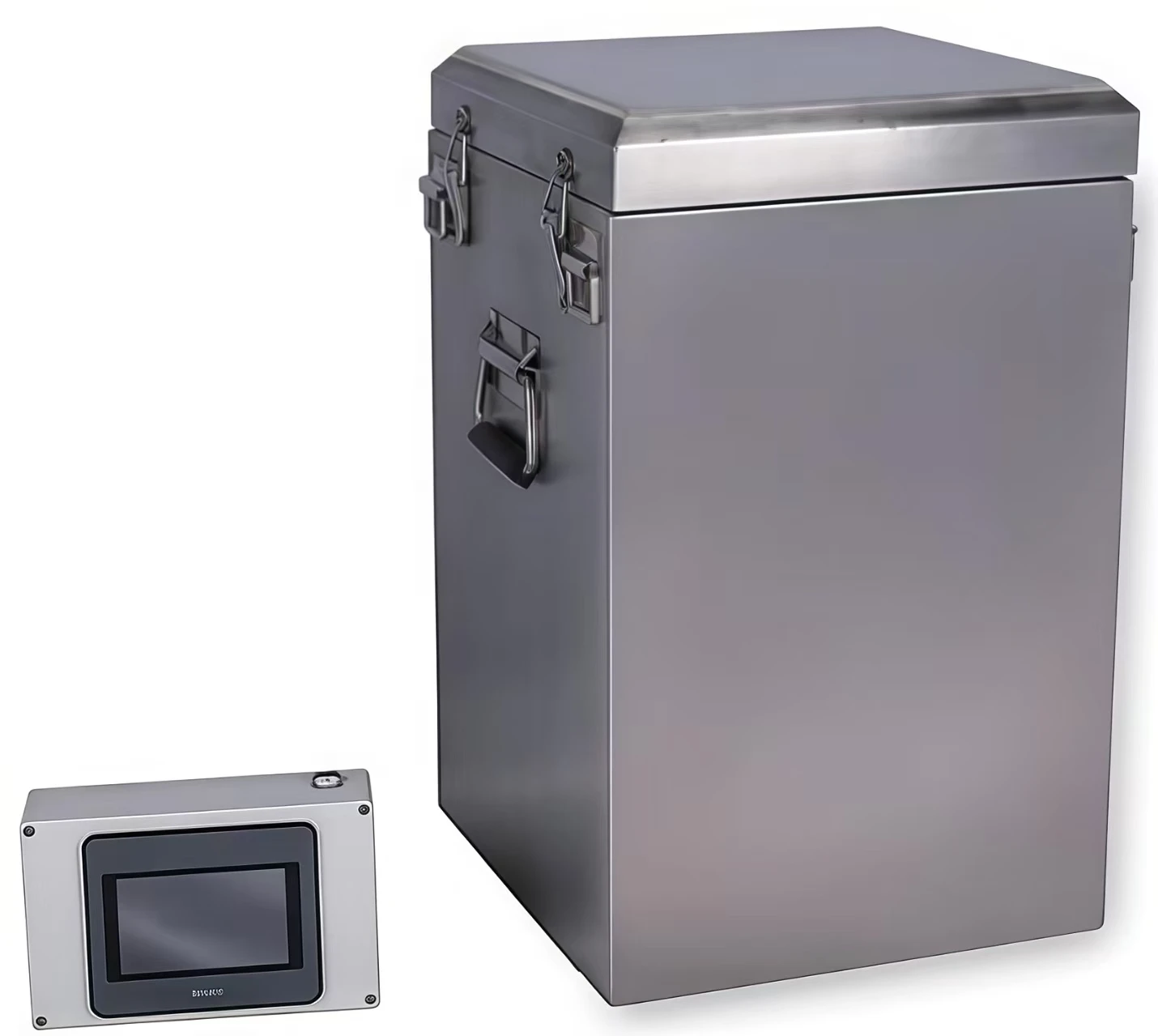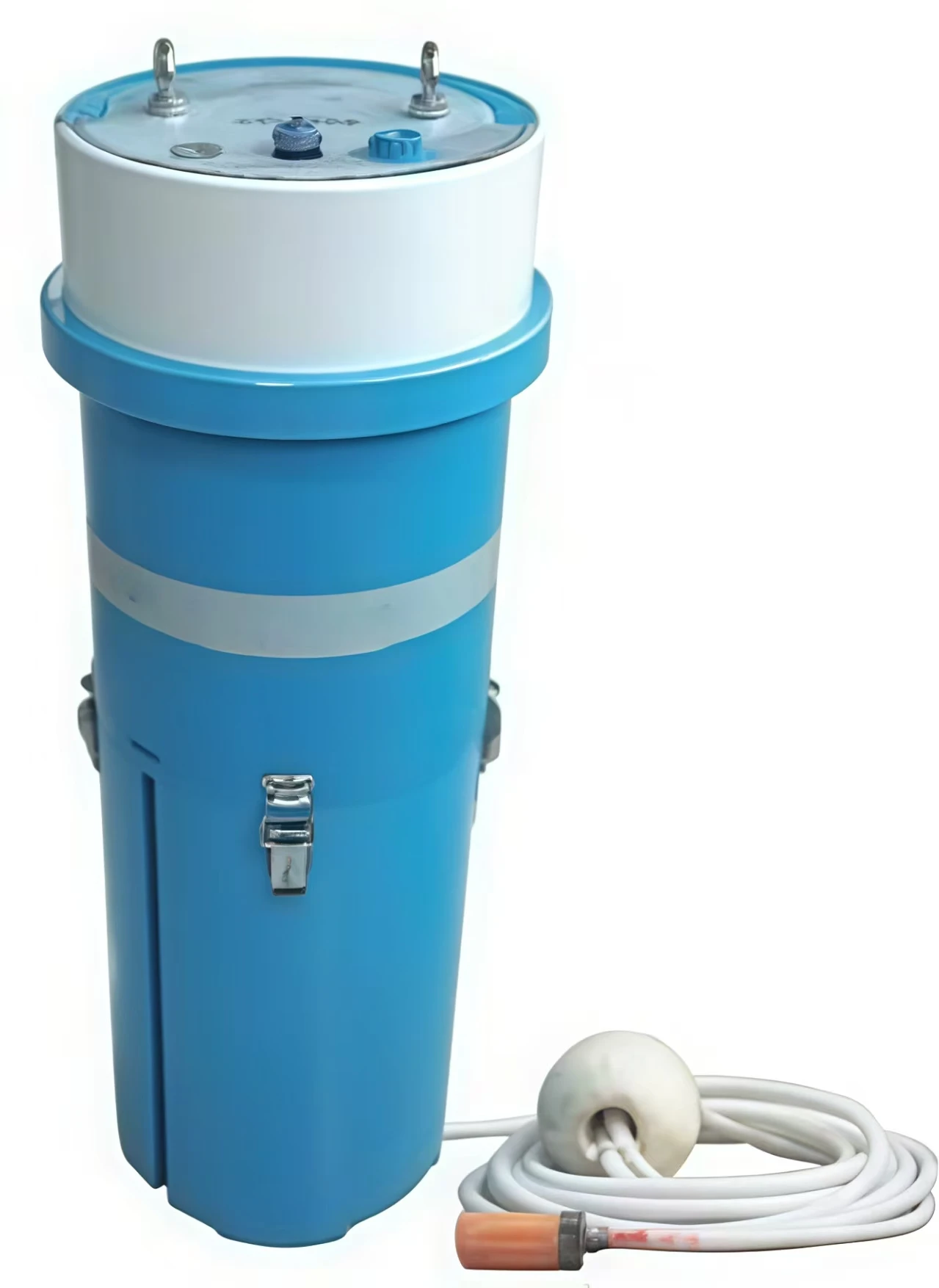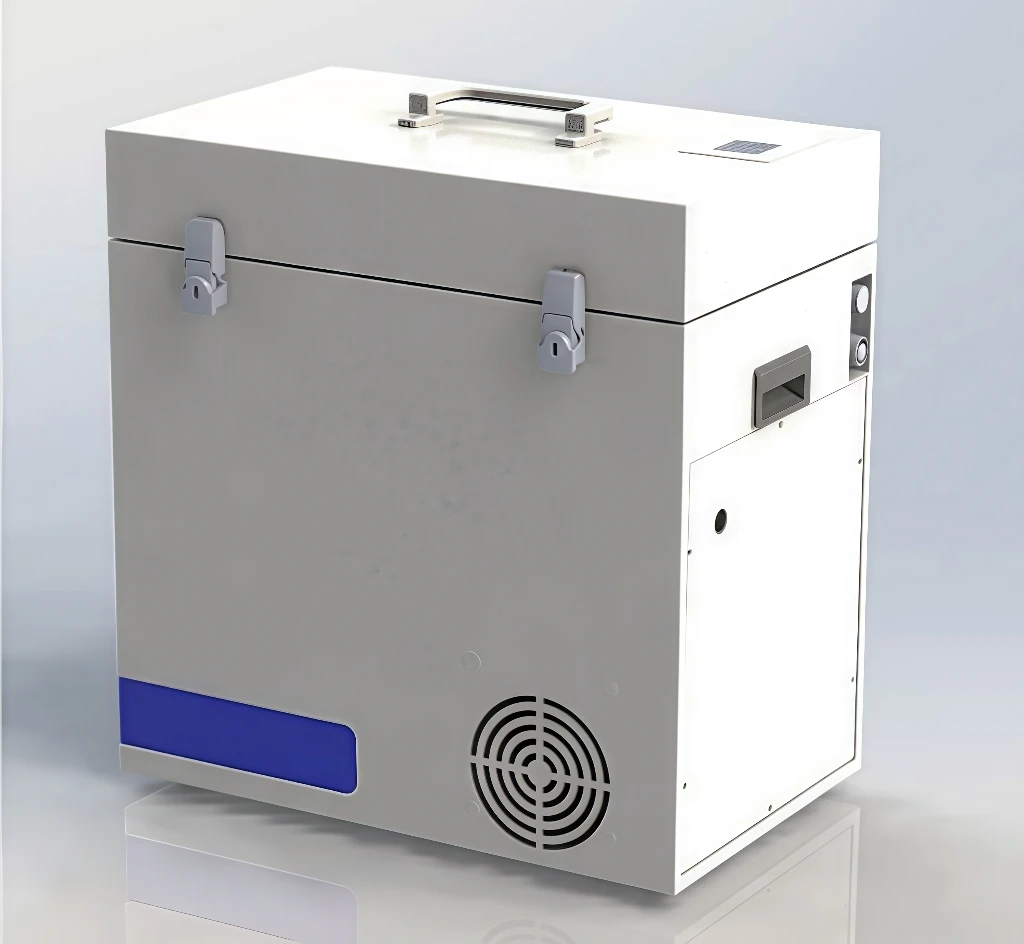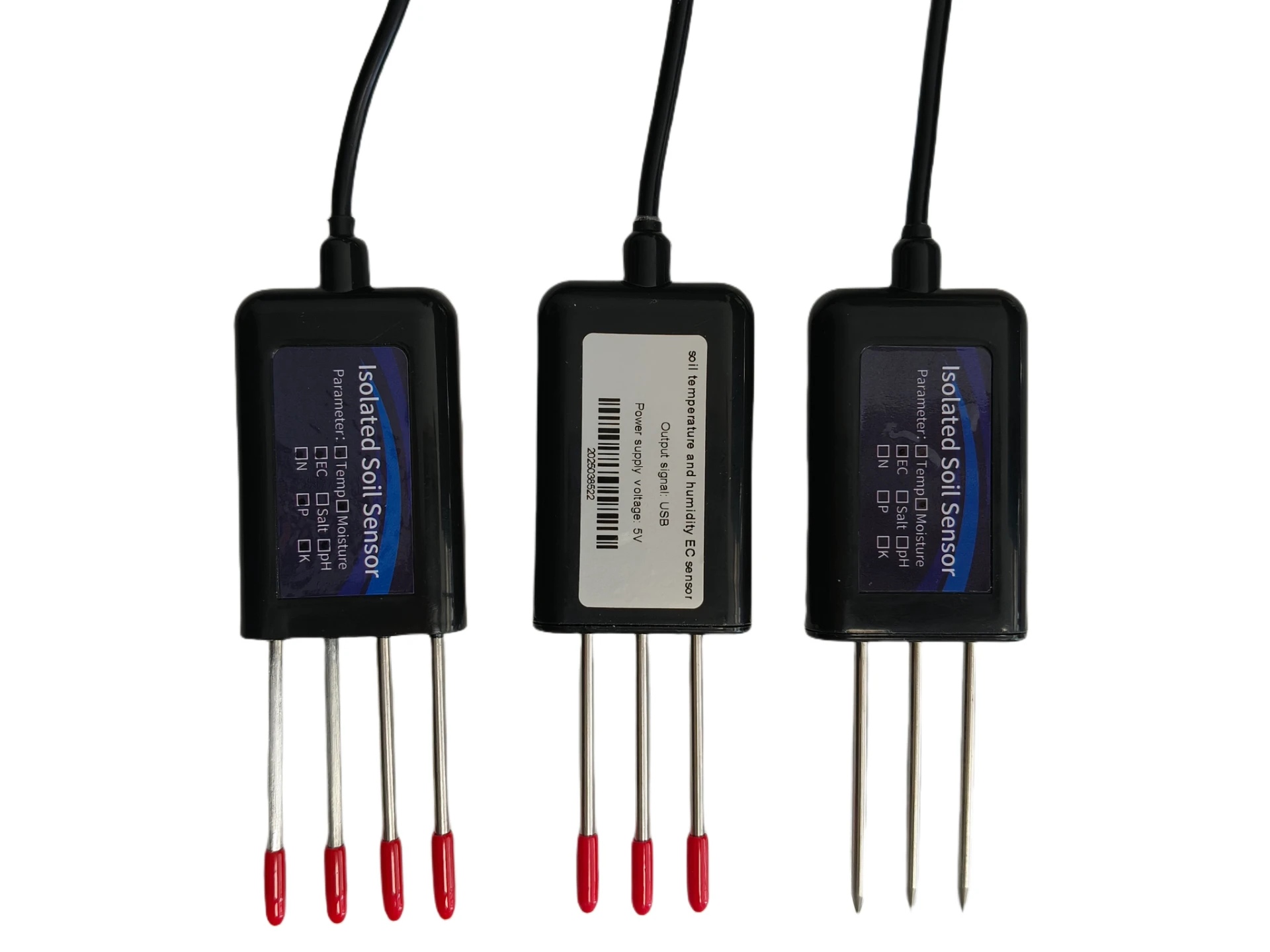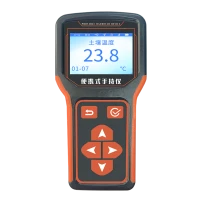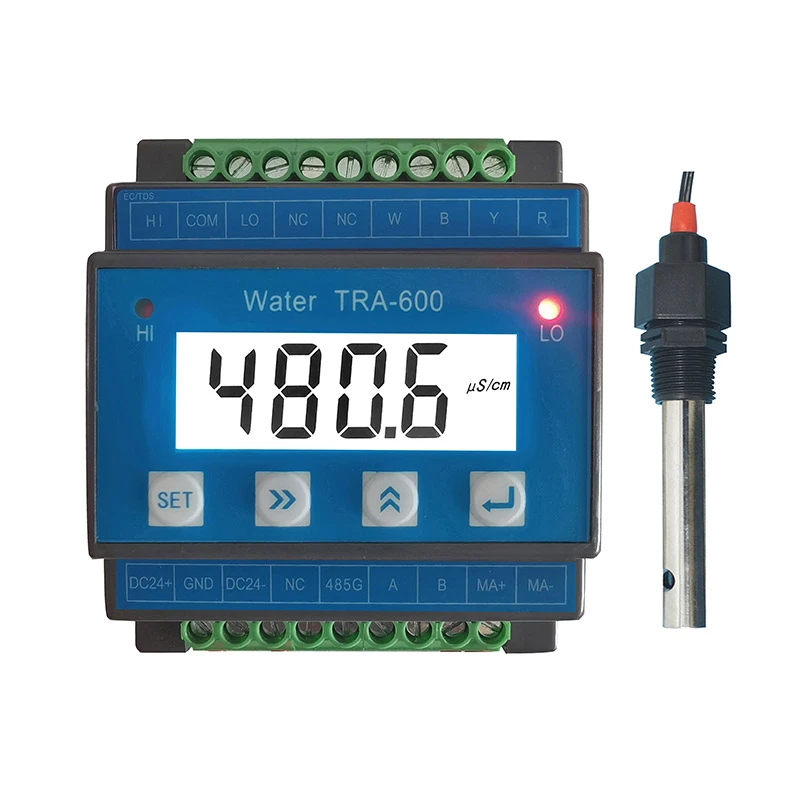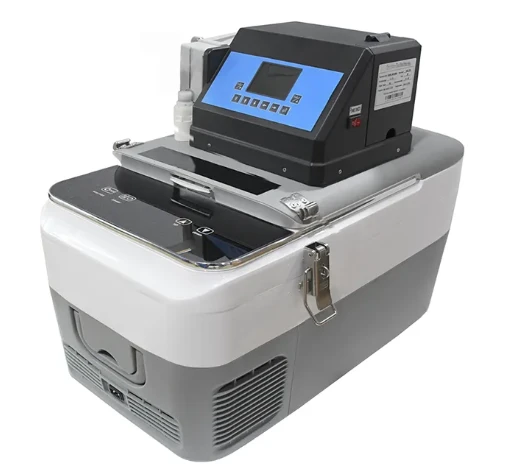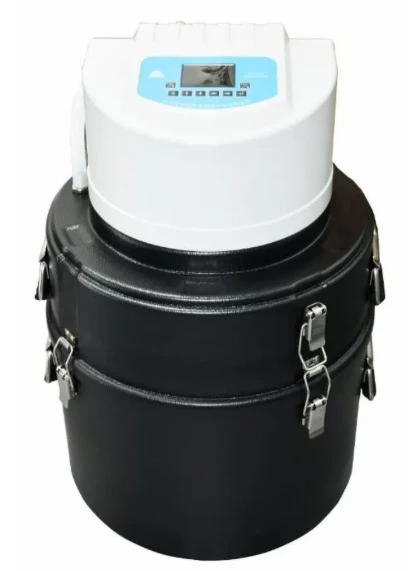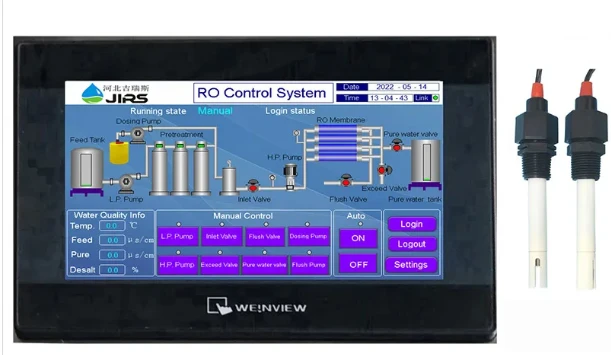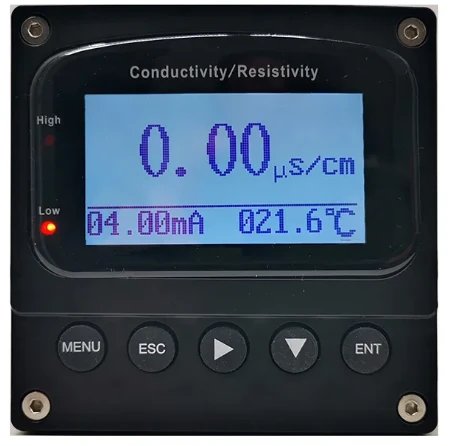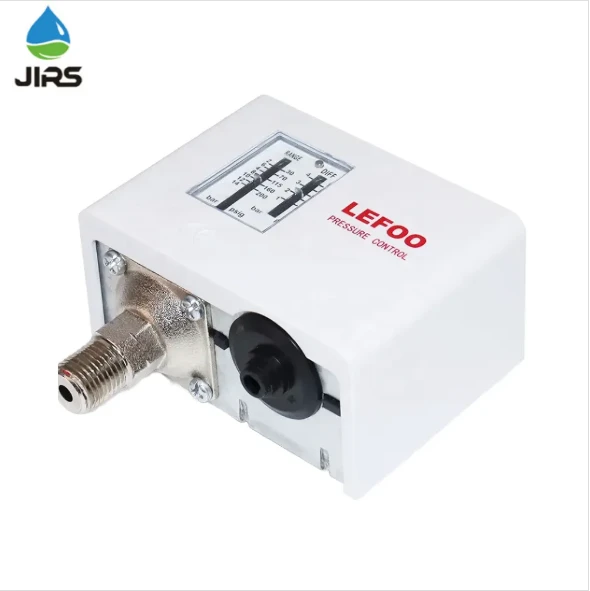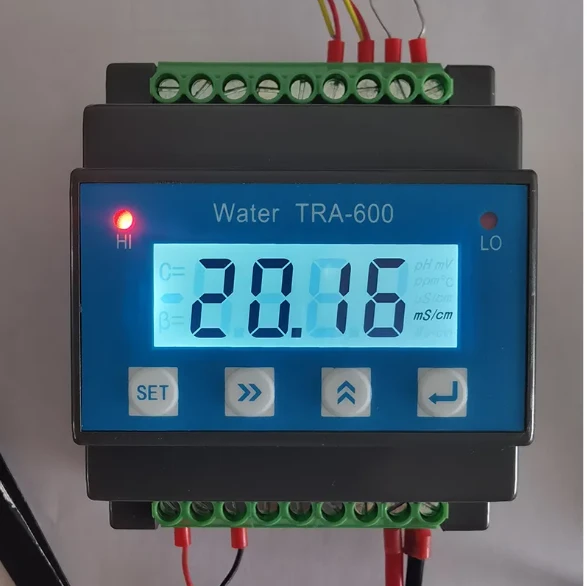Selecting the Right Level Sensors for Industrial Applications
Aug . 25, 2025
In industrial operations, the reliability of monitoring systems hinges on the performance of core components like level sensor, orientation sensor, and pressure sensor devices. These sensors form the backbone of process control, ensuring safety, efficiency, and compliance across sectors such as water treatment, manufacturing, and energy production. Hebei JIRS Import & Export Co., Ltd., a trusted name in industrial sensor solutions, offers a range of high-quality sensors designed to meet diverse operational demands. With a focus on durability, precision, and exceptional after-service, the company empowers wholesalers to deliver sensors that excel in harsh environments and complex applications.

Level Sensor: Critical for Liquid Monitoring and Control
A level sensor is indispensable for maintaining optimal liquid levels in tanks, pipelines, and vessels, preventing overflows, dry runs, and inefficiencies.
|
Feature |
Specification |
Advantage for Industrial Use |
|
Installation |
Piping or submersible |
Adapts to tanks, pipelines, and diverse liquid storage setups |
|
Material |
Stainless steel 316L, titanium alloy |
Resists corrosion in acidic/alkaline environments |
|
Connectivity |
Pin or BNC connector |
Integrates with control systems for real-time monitoring |
Orientation Sensor: Ensuring Precision in Alignment and Positioning
An orientation sensor plays a key role in applications requiring precise alignment, such as machinery calibration, pipeline installation, and automated manufacturing processes.
|
Application |
Orientation Sensor Function |
Hebei JIRS Feature Supporting This |
|
Machinery Calibration |
Maintains precise alignment during operation |
Stable performance in vibrating environments |
|
Pipeline Installation |
Ensures correct positioning to prevent leaks |
Compatibility with temperature variations (0-60℃) |
|
Automated Manufacturing |
Triggers real-time adjustments for consistent product quality |
Seamless integration with control systems |
Pressure Sensor: Safeguarding Systems Against Overpressure Risks
A pressure sensor is critical for monitoring and regulating pressure in pipelines, tanks, and industrial systems, preventing equipment damage and ensuring operational safety.
|
Industrial Sector |
Pressure Sensor Role |
Hebei JIRS Feature Enhancing Performance |
|
Chemical Processing |
Prevents overpressure in reaction vessels |
0-0.6MPa range |
|
Energy Production |
Monitors pipeline pressure in power generation |
Corrosion-resistant stainless steel 316L body |
|
Water Treatment |
Regulates pressure in filtration systems |
Submersible/piping installation flexibility |
Hebei JIRS’s Orientation Sensor Solutions: Technical Specifications and Integration
Hebei JIRS Import & Export Co., Ltd.’s level sensor, orientation sensor, and pressure sensor systems are engineered to work in harmony, providing comprehensive monitoring for industrial processes.
|
Sensor Type |
Key Technical Specifications |
Integration Capabilities |
|
Level Sensor |
Measuring ranges (0-2000us, 0-10,000ppm); 1/2" NPT thread or flanged connections |
Connects via 5m cables (custom lengths available); compatible with SCADA and PLC systems |
|
Orientation Sensor |
PT1000/PT100/NTC 10K temperature compensation; bipolar electrode structure |
Integrates with alignment control systems via pin/BNC connectors |
|
Pressure Sensor |
0-0.6MPa pressure range; 0-60℃ temperature tolerance |
Real-time data transmission to pressure relief systems and monitoring dashboards |
These specifications reflect the company’s commitment to quality, with each sensor undergoing rigorous testing to ensure performance in demanding conditions. Hebei JIRS’s focus on user-centric design—such as easy installation and compatibility with existing systems—makes their sensors a preferred choice for wholesalers serving industrial clients. The company’s dedicated online support team further enhances value, assisting with installation, troubleshooting, and maintenance to ensure seamless operation.
Level Sensor FAQS
How does a level sensor handle viscous or corrosive liquids?
A level sensor from Hebei JIRS is designed to handle viscous and corrosive liquids through its robust material construction. Using stainless steel 316L and titanium alloy, the sensor resists damage from acids, alkalis, and thick substances like sludge or industrial fluids. Its bipolar electrode structure minimizes fouling, ensuring accurate readings even with sticky or particulate-laden liquids. Additionally, submersible installation allows direct contact with the liquid, avoiding issues with surface tension that can affect non-contact sensors. This makes it suitable for applications like wastewater treatment and chemical processing, where liquid properties are challenging.
What makes an orientation sensor suitable for high-vibration industrial environments?
An orientation sensor from Hebei JIRS is built to withstand high-vibration environments through its stable mechanical design and shock-resistant components. The sensor’s internal components are secured to minimize movement during vibrations, ensuring consistent alignment readings. Additionally, its temperature compensation feature maintains accuracy even when vibrations cause minor temperature fluctuations. This durability makes it ideal for manufacturing plants, construction equipment, and energy facilities where machinery vibrations are common, ensuring reliable performance without frequent recalibration.
Can a pressure sensor be customized for specific industrial pressure ranges?
Yes, Hebei JIRS’s pressure sensor can be customized to meet specific industrial pressure ranges beyond the standard 0-0.6MPa option. The company works with wholesalers to understand client needs, whether for low-pressure applications like drinking water distribution or higher-pressure systems in oil and gas processing. Customization includes adjusting the sensor’s measuring range, response time, and connection types to align with operational requirements. This flexibility ensures the pressure sensor integrates seamlessly into existing systems, providing accurate data for processes with unique pressure demands.
How do Hebei JIRS’s pressure sensors ensure compatibility with existing industrial control systems?
Hebei JIRS’s sensors—including level sensor, orientation sensor, and pressure sensor models—are designed for compatibility with existing industrial control systems through standardized connectivity options. They feature pin or BNC connectors, 4-20mA outputs, and support for Modbus protocols, enabling integration with SCADA, PLC, and other monitoring platforms. The company’s technical team assists with configuration, ensuring sensors communicate effectively with clients’ systems. This compatibility eliminates the need for expensive system overhauls, making it easy for wholesalers to provide upgrade solutions to their industrial clients.
What after-service support is available for troubleshooting level sensor and pressure sensor issues?
Hebei JIRS provides comprehensive after-service support for troubleshooting level sensor and pressure sensor issues through its dedicated online team. This team assists with installation challenges, calibration problems, and technical malfunctions, offering timely solutions to minimize downtime.Additionally, the company offers resources like installation guides and maintenance checklists to prevent issues. This commitment to ongoing support ensures that wholesalers and their clients can rely on consistent sensor performance.
Related Products
Related News
